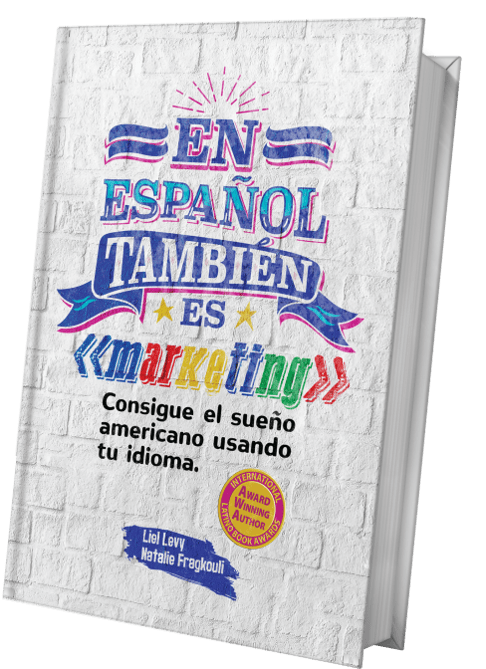Bringing your Law Firm on the top spot of the SERPs is a complex process through Search Engine Optimization (SEO) that requires commitment in terms of effort, time, resources, and various optimizations.
In a previous article, we talked about Voice Search and its importance to your Attorney SEO. Today, we’ll explore another component that helps searchers discover information on the Internet, and search engines to rank websites and decide on their position on the SERPs. This is Image Search, and people often disregard its meaning and potential, concentrating their efforts on different emerging areas (such as voice search). We’ll begin with an overview of the best practices. We’ll give you actionable tips for your Law Firm’s enhanced SEO performance, and we’ll provide you with practice area-specific examples that will help you understand the concept of Image Search for Attorneys even further.
- What is image optimization, and how can it help your Law Firm?
Have you noticed that sometimes when you perform a search query, images show up in the middle of the expected search results? Well, this doesn’t happen at random; Google’s algorithm picks the most relevant image results and shows them on top. What does this mean? Ideally, for some search terms, you could dominate the SERPs with as much as four results for your law firm. The Google LSAs on top, the Ad, just below, your organic result, and the image result. Doesn’t it sound promising? Let’s find out what steps you need to take.
- What are the best practices you need to follow?
- Pay attention to the image files you use. You might know the file extensions JPEG (JPG), PNG, or even GIF, but when should you use each one?
- JPEG: For all your images that are colorful or need alterations in size. What’s great with this image file type is that it allows you to edit the file size, which can do wonders on website speed. Please make a note here, as it is one of the contributing factors for organic ranking.
- PNG: Usually, these files are heavier, so only use them whenever quality is your only priority.
- GIF: You might know them from the various GIFs that float around the Internet as a cult, but that’s not all about them. It would help if you used them for all small images or for whenever you need animation.
2. Make your images mobile-friendly. Mobile traffic is valuable for Law Firms as it shows higher intent and often brings better conversions, don’t put your prospective client’s experience on your website at stake.
3. Name your images correctly as it matters to the Search Engines. If you are an Immigration Law Firm based in Austin, TX, and you want to complement your practice area page with a supportive image, you should look for a descriptive name. It could be something connected to your Law Firm, practice area, and the photo. If you name your image XYZ.jpg, the bots will never understand what it shows. On the other hand, if you call it Best Deportation Defense Attorney in Austin, you increase your chances of more organic views and visits. Would you ever insert random text in your blog articles or practice area pages? Then don’t do it for your images either.
4. Use alt tags. These are descriptions within your Law Firm’s website HTML code that offer a quick explanation of what the image is about. From an SEO standpoint, it helps search bots crawl your website even more efficiently, but that’s not just it. Alt tags help visually impaired searchers to understand your website and your content, offering them a seamless experience.
This could be an example for a PI Law Firm:
Your alt text needs to be:
- Descriptive.
- Relatively short.
- Should include keywords but without keyword stuffing.
If you invest in transcreated content for your Law Firm, handle your images in a similar way. Name them correctly in Spanish and add the appropriate alt tags.
6. Build your website sitemap and include your images. Sitemaps are essential for better organic ranking for your Law Firm, and adding your photos (and videos) helps the search bots crawl your content in a more accessible way and faster.
7. Use images in both a technical and aesthetic way. What do we mean by that? Make sure that you use a suitable picture for every occasion. If it’s your Attorney Bio page, for example, ensure that the image quality is the best possible without affecting your website speed; you want your prospective clients to get a polished first impression of who you are and what you stand for.
8. Perform tests. A/B testing is crucial in every step, and so it is for image optimization. Make sure that you don’t have pictures that don’t load or that poorly displayed on your website.
Tip: If you are looking for some tools to help you edit your images, you can use Pixlr or ImageOptim.
Remember that images are just like any other form of content, like text or video. Google will not favor you for using standard images, so create your unique and original galleries; they will beat stock photos every single time.
It’s time for our main takeaways:
- Image optimization will help your Law Firm both from an SEO perspective, potentially driving more traffic to your website and user-experience-wise.
- Use the right image file type for each occasion, ensure that you compress them for optimized size, and make them mobile-friendly.
- Give descriptive names to help search bots crawl your website and add well-written alt text to improve your SEO performance and make your website accessible to everybody.
- If your website is bilingual, make sure that your images can be crawled as bilingual too.
Do you have questions about your attorney SEO strategy? Don’t hesitate to contact us.



